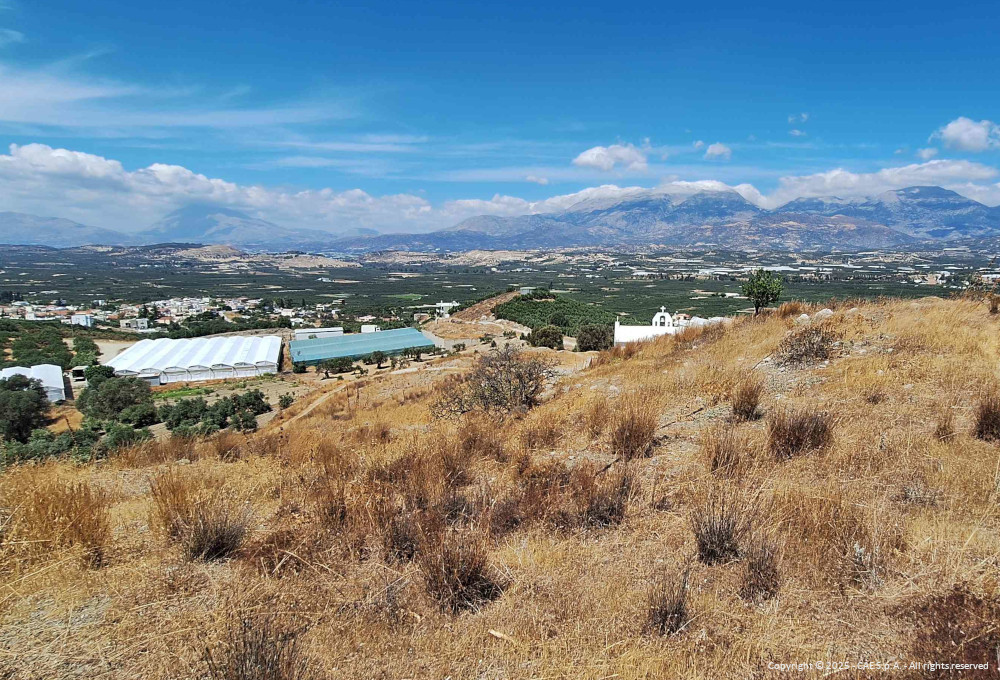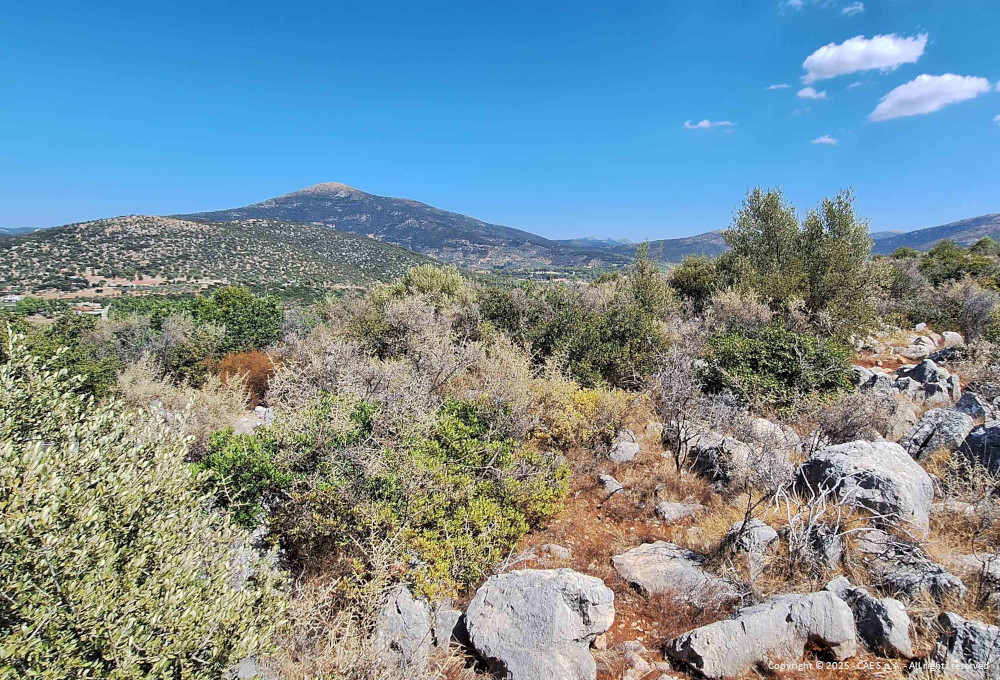Greece: 22 fire-prevention monitoring sites
October 2025
The climate crisis plays a key role in the increasing spread of forest fires. Nature and human lives are increasingly at risk, which is why targeted action aimed at automatic early detection of fires is indispensable, so that we can act quickly and reduce the damage as much as possible.
In 2025, 47,753 hectares of land and forests in Greece have been burnt to date. These disasters are not isolated events, but part of a cycle that has transformed the very fabric of everyday life. In a country where forests are intertwined with local identity and livelihoods, destroying landscapes seems to mean erasing memory itself.
In this context, CAE, in collaboration with Cardel, a partner for the Greek market, was asked to work for a major consortium of local companies to provide an automatic early fire detection system. The project is funded by the European Union - NextGeneration EU within the framework of the National Recovery and Resilience Plan “Greece 2.0”, for the Ministry of Climate Crisis and Civil Protection.
The contract involves supplying and installing an Integrated Information System for fire detection and fire-prevention at 22 sites: 1 in the Mount Athos area and 21 in the areas of the most important archaeological sites, historical monuments of Greek cultural heritage and areas of special natural beauty, including the Acropolis, Knossos and Olympia.
Fulfilling the contract will contribute to protecting the environment and increasing social and economic resilience. How? Supporting and enhancing the operational capabilities of fire-fighters at the source of a fire outbreak, specifically through early detection, warning, ignition probability indices, and flame front propagation modelling. This system will allow the authorities to be prepared and to respond immediately to natural disasters.
The contract covers:
- supply and installation of automatic fire detection stations based on thermal imaging cameras;
- supply and installation of stations to measure the main meteorological parameters needed to assess the probability of a fire occurring and, if it does occur, to predict the direction of the propagation front;
- high-capacity data transmission system from the detection stations to the control centre;
- Integrated Information System with special algorithms to detect fires and limit false alarms. In addition, the system can display and manage data and alarms;
- specialised modelling software to: generate fire risk maps based on the vegetation and environmental conditions; predict the flame front propagation;
- training services for personnel and those in charge of fire detection and fire-fighting systems;
- maintenance for three years with immediate technical support.
The system will be installed in the coordination centre of the Ministry for Climate Crisis and Civil Protection, and in the fire department headquarters, and will be of national relevance as it will form the basic infrastructure to support fire prevention.
Going into detail, the system will be able to:
- manage and control fire remotely up to great distances, even at night, thanks to thermal imaging cameras;
- detect possible fire outbreaks in real time;
- give early warnings to those involved;
- reduce intervention time and the consequent damage associated with fire development;
- provide support information to fire-fighters so that they can assess the evolution of the fire and the surrounding areas potentially affected;
- issue safety measures for the population.
“This project fills us with pride,” says Guido Bernardi, Chairman of CAE, “not only because it gives us the opportunity to fully realise our corporate mission: improve the defence of important archaeological sites and unique natural scenery, but also because this international collaboration, the first one of such importance in a European country, is a recognition of the skills and technologies we have invested in over the last few years.”
To learn more about how the system typically works, watch the video of what has already been implemented in Apulia: click here.



